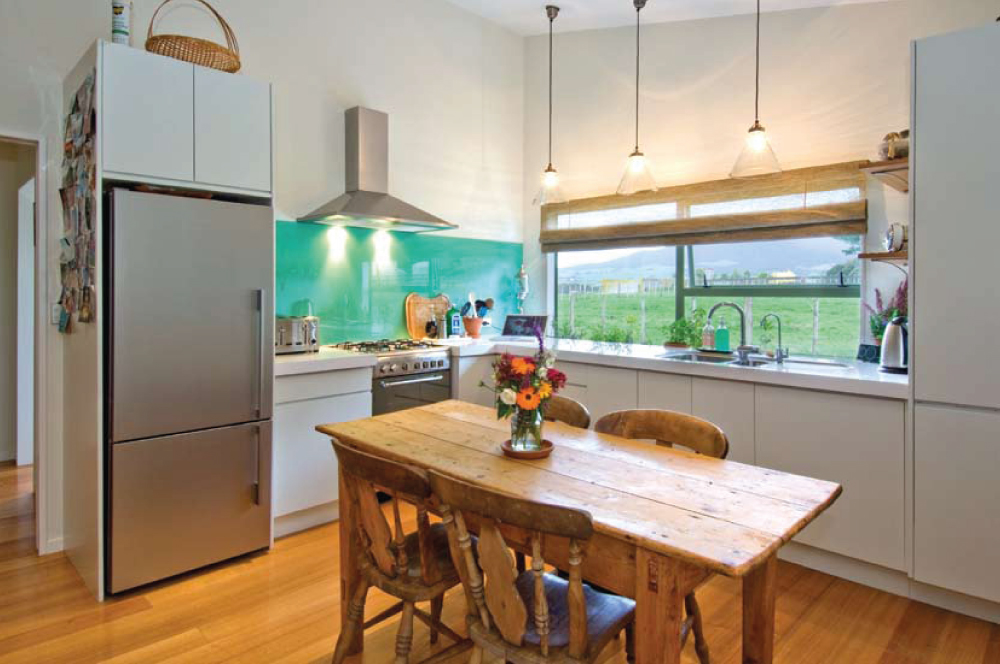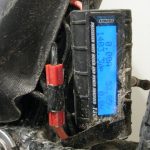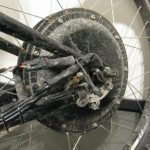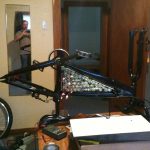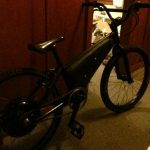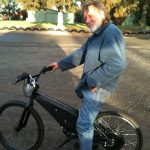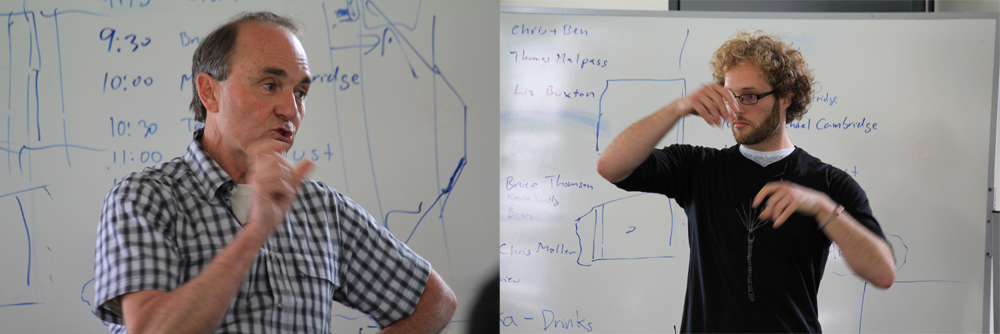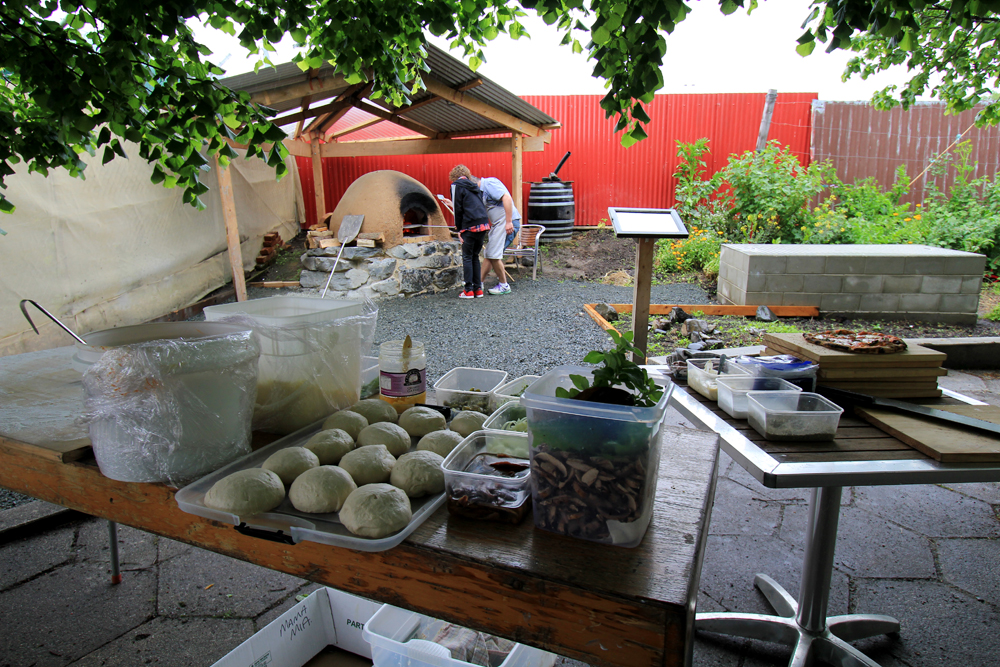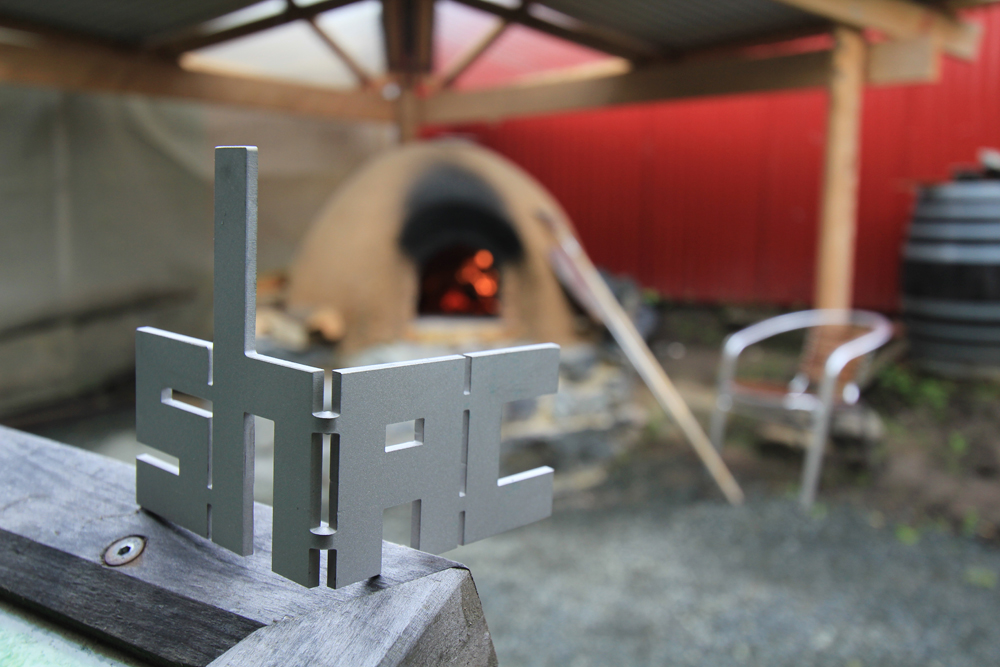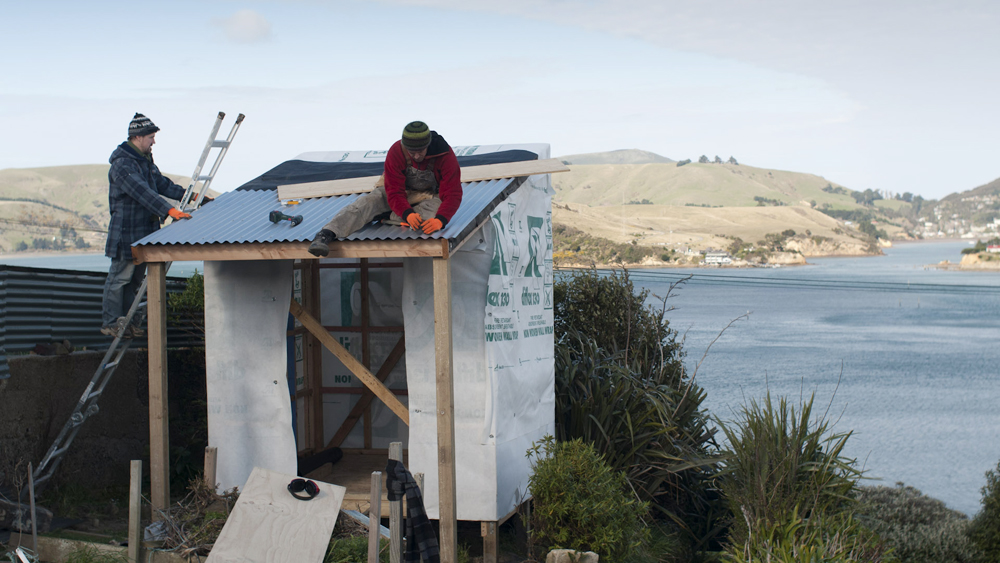Tim Bishop, Electric BMX Bicycle
24″ wheels, nine continents motor, kelly controller, 48V, 350Watt-hour LiFePO4 battery pack
Range: 12km. Top speed: 37km/hr
Parts List
www.evassemble.com
1 x Capacitor-16S-30A-BMS (Capacitor-16S-30A-BMS) = $69.00
1 x KP-J(240W) Charger (KP-J(240W)) = $36.00
1 x Kelly KBS48121,50A,24-48V BLDC Motor Speed Controller
(KBS48121,50A,24-48V) = $146.00
www.e-bikekit.com
nine continents motor via Ebike-kit distributor US $152.00
EBK-SYS-REAR-DD-MOTOR
Emissions-free.com
Batteries Emissions-free.com 48x US$6 + shipping (let’s ignore shipping) = US$288 = NZ$390
ebikes.ca
Spokes $35 + 25 shp. $60 usd
Hobbyking.com and others
Fiberglass NZ$20
Connectors (10 andersons connectors) 10x US$0.25 = NZ$3.50
Black adhesive foam tape (Super cheap auto) NZ$8.17
Brake cable and brake outer (Bike Otago) NZ$24.00
KMC Chain (Bike Otago) NZ$19.90
Super glue, LED and Heatshrink NZ$9.70
Charging socket (Jaycar)NZ$4.90
Charging Plug (Jaycar) NZ$5.50
Handlebar On/off switch mount = NZ$12

